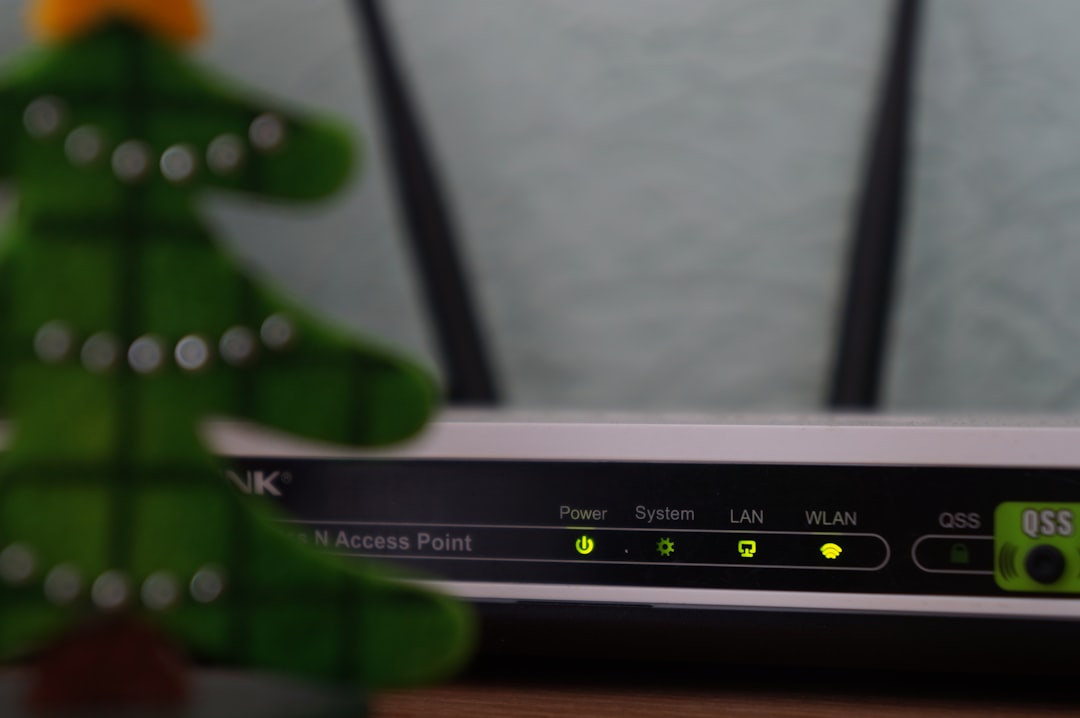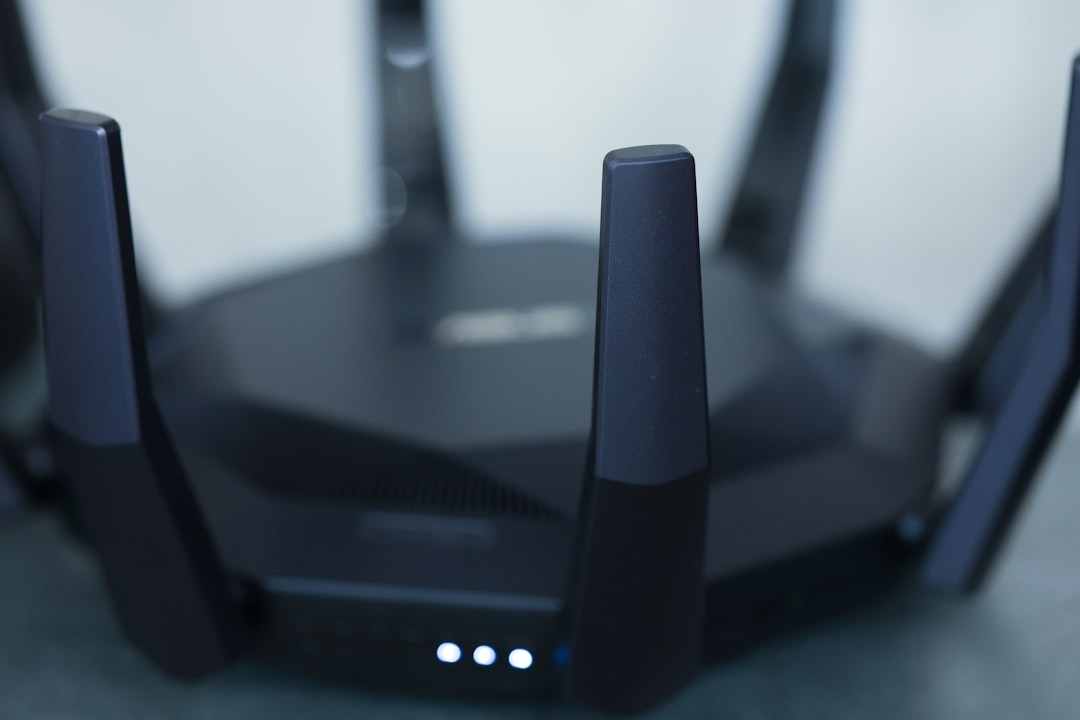Table of Contents
In the era of digital entertainment and real-time communication, consumers expect seamless online experiences. One of the most noticeable disruptions in this digital flow is buffer delays during streaming. Whether watching a high-definition movie, live sports, or participating in a video conference, buffering can quickly frustrate even the most patient users. The good news is that with advancements in networking technologies, particularly *Quality of Service (QoS)* and *router prioritization*, the dream of buffer-free streaming is quickly becoming a reality.
Understanding Buffering
Buffering occurs when a streaming device collects data to play a video or audio without interruption. When the internet connection cannot deliver data at the rate needed, playback pauses while more data is cached. These pauses can be caused by multiple factors including limited bandwidth, network congestion, or lack of prioritization for streaming traffic.
Streaming platforms have improved their algorithms to combat buffering, often adjusting the quality of the stream dynamically. However, more fundamental and lasting solutions exist at the network level—most notably through implementing QoS configurations on routers.
What is QoS?
*Quality of Service* is a networking capability that allows routers to prioritize certain types of data traffic over others. Not all internet traffic is created equal; video calls, Netflix streams, and online gaming require low latency and faster transmission, while tasks like downloading large files can tolerate delays.
QoS plays a fundamental role in managing available bandwidth to ensure essential services are prioritized. This leads to a better overall user experience, especially for bandwidth-intensive and latency-sensitive applications.
Types of QoS Techniques
- Traffic Shaping: Controls the rate at which packets are sent into the network.
- Prioritization: Assigns more bandwidth and higher delivery priority to critical applications.
- Latency Management: Ensures that delay-sensitive traffic like voice and video conferences receive faster treatment.
These techniques can be combined to create a custom, optimized network environment tailored to the needs of the user.
Router Prioritization: Taking Control of Your Traffic
Where QoS provides the rules, router prioritization is the tool that enforces them. Many modern routers come equipped with advanced settings specifically for prioritizing streaming devices or applications. Whether it’s a smart TV, gaming console, or a PC running Zoom, traffic from these devices can be given the “fast lane.”

Router prioritization can typically be configured through a user-friendly interface, allowing users to:
- Set priority levels for devices or applications.
- Allocate fixed minimum bandwidth for essential services.
- Create usage schedules, throttling bandwidth for non-essential devices during peak hours.
For households with multiple users, router prioritization is crucial to ensure someone streaming a movie isn’t interrupted by background updates or file downloads on another device.
Benefits of Buffer-Free Streaming
By implementing QoS and router prioritization, both homes and businesses can benefit in numerous ways:
- Improved Streaming Quality: Less buffering and better resolution across media devices.
- Enhanced Productivity: Smooth video conferencing and faster access to cloud-based resources.
- Optimized Bandwidth Usage: Prevents bandwidth overloads by managing background traffic smartly.
- Better Gaming Experience: Reduced latency and lag during online gameplay.
These improvements lead to a more reliable and enjoyable digital lifestyle, which is especially important in households where multiple users perform high-bandwidth activities simultaneously.
Dynamic vs. Static Prioritization
One key distinction in router prioritization methods is whether they are dynamic or static. Dynamic systems adapt based on real-time traffic demands, while static ones follow a fixed set of rules.
Dynamic prioritization is useful in environments with fluctuating needs. For example, a household may require video prioritization in the evening and work-related application prioritization during the day. Static systems, though less flexible, can be valuable when predictable performance is needed for specific devices or services.

Setting Up QoS for Buffer-Free Streaming
Implementing QoS can sound complex, but many consumer-grade routers provide simplified interfaces to get started quickly. Here’s a basic outline of steps to configure QoS and router prioritization:
- Log into your router’s admin dashboard (usually accessed via a web browser).
- Navigate to the *QoS Settings* section, often found under Advanced or Network tools.
- Select the devices or applications to prioritize.
- Assign priority levels: High, Medium, or Low.
- Save settings and reboot the router for the changes to take effect.
For more sophisticated setups, users can specify port ranges, protocols (UDP/TCP), or even MAC addresses to fine-tune settings. Some routers also offer pre-set QoS profiles optimized for gaming, streaming, or VoIP.
Challenges and Limitations
While QoS and router prioritization are powerful tools, there are limitations. These features cannot create more bandwidth—they simply manage it better. If your internet plan is insufficient (e.g., under 25 Mbps for a household of four), even the best prioritization settings won’t eliminate bottlenecks.
Additionally, QoS configurations may be overridden by your ISP’s router if you don’t use a personal router or if your ISP restricts access to advanced settings. For optimum control, investing in a high-quality third-party router is recommended.
The Future of Smart Streaming
As more devices become internet-enabled and the demand for high-quality video continues to rise, the importance of QoS and smart traffic management will grow. Future routers may include AI-powered network optimization, automatically identifying patterns and adjusting traffic allocations in real time.
Cloud-based networking is also making headway, enabling centralized control and optimization of home and business networks from remote locations. ISPs are beginning to offer integrated QoS features at the service level, pushing the responsibility of traffic management beyond just the end-user’s router.
Conclusion
Buffer-free streaming is not just a dream but a reachable reality with the right tools and configurations. By leveraging *Quality of Service* and smart *router prioritization*, users can significantly enhance their digital experience. Whether for entertainment, work, or education, the benefits of a well-optimized network are immense and well worth the investment.
FAQ: Buffer-Free Streaming with QoS and Router Prioritization
-
Q: Do all routers support QoS settings?
A: No, not all routers support QoS. You’ll need a mid-to-high-end router with customizable settings. Check your device specifications or user manual for details. -
Q: Can QoS replace the need for higher internet speeds?
A: QoS optimizes what you already have but does not increase your maximum available bandwidth. For best results, combine QoS with a sufficiently fast internet plan. -
Q: Will setting router prioritization affect other devices?
A: Yes, lower-priority devices may experience slower speeds if bandwidth is limited, especially during peak usage times. -
Q: Is QoS useful for mobile or wireless connections?
A: Absolutely. Many routers offer QoS for both wired and wireless connections. However, performance may vary depending on the signal strength and interference. -
Q: Can QoS improve online gaming performance?
A: Yes, QoS can significantly reduce latency and jitter, resulting in a smoother and more responsive gaming experience.

